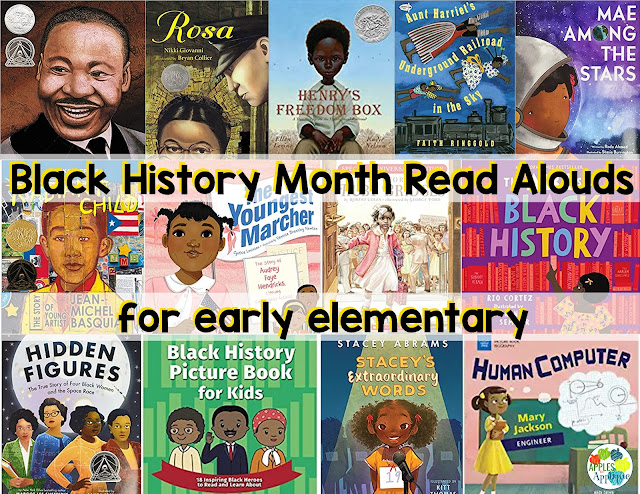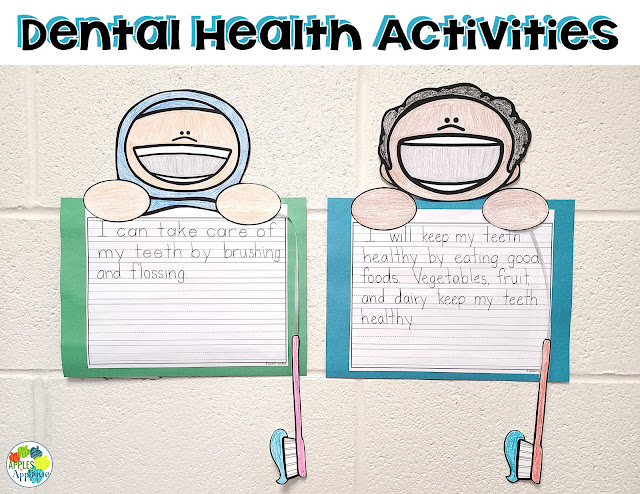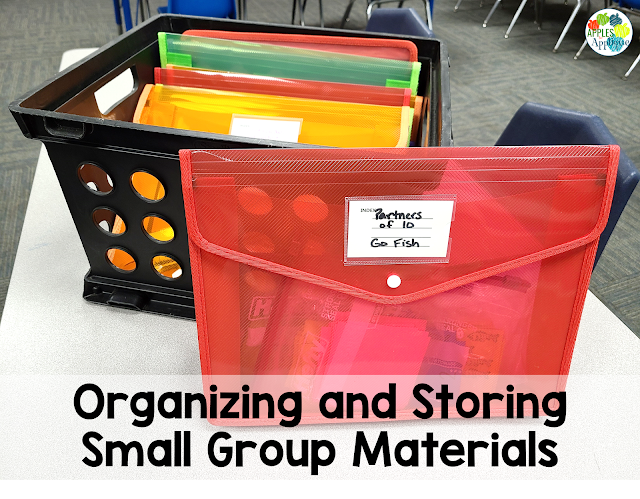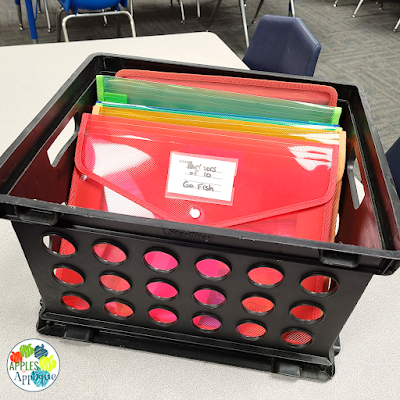Note: This post contains affiliate links. If you make a purchase
after clicking on my links, I receive a small commission at no cost to
you! Thanks for your support!
As I was prepping lessons for next week, I was planning to spend a few days talking about Martin Luther King, Jr. I turned to the corresponding page in my social studies curriculum and was sorely disappointed to see four short sentences, two of which were discussing how people commemorate MLK Day by having parades and closing schools. That left two sentences discussing the life and work of Dr. King. Even more disappointing, they glossed over the Civil Rights movement, simply stating that Dr. King worked for equal rights for all. There was not even a mention of for whom he was advocating; no discussion of segregation or the Black community.
I understand the thought of not going too in-depth with these heavy subjects with early elementary students, but I was deeply saddened by this casual approach. I fully believe young learners can, and should, engage with deep content. Here's how I approach this in my classroom.
Allow Time
Deeper subjects like this cannot be rushed. This isn't a lesson to throw in that random 10-minute slot you have before recess. Early in my teaching career, I did not allow enough time, and my students were in a place of somber processing as I was trying to get them out the door for lunch; it wasn't good for anyone. Carve out some time so you can approach this in a purposeful manner.
Use Quality Literature
Read alouds are one of the best ways to introduce children to historical figures and events. Take the time to fully read through the books first, selecting books that give sufficient facts and details. I also highly recommend books that have rich illustrations or photographs.
My all-time favorite is Martin's Big Words by Doreen Rappaport. This book is perfect for initiating conversations with students. It keeps things simple enough for K-2 students without ignoring or glossing over the difficult details, and incorporates many quotes from Dr. King.

Another wonderful book is Be a King: Dr. Martin Luther King Jr.'s Dream and You by Carole Boston Weatherford. I use this as a follow-up book, because it really doesn't give details about Dr. King's life, but it helps the students make connections to their own lives, seeing ways they can make a difference.
Cultivate Empathy
Take time to focus on social-emotional skills. Have conversations about how you would feel if you didn't have the same rights as others. Ask students to truly think about how they would feel if they were treated differently from others, such as if they could only go certain restaurants or drink from certain water fountains. Carry these conversations forward into areas of kindness and equality in the classroom, at recess, and in your community.
Answer the Difficult Questions
As you discuss topics like segregation, children will have big, difficult questions, and they deserve to hear honest answers to those questions. Give straightforward, non-biased facts. You'll be surprised at how well your students accept these facts and want to move forward to create a brighter future; I am always impressed with their insight.
Avoid Trivializing Activities
Those of you who have read my blog for some time know that I am a huge advocate of teaching through play. However, this is a time when that is simply not appropriate. Do not attempt activities like assigning kids a race and role-playing segregation in your classroom (I can't believe I even have to write this, but every year there are news stories of teachers doing things just like this). I personally even avoid things like color-by-code pictures of historical figures like Dr. King, which is my own preference, because I feel like there are more meaningful ways to approach such subjects. I tell my students it is a serious topic and that we are going to have a serious discussion and they usually rise to the occasion; they love feeling trusted to have such conversations.
Through approaches like these, you can help your students engage purposefully with important historical content, laying a solid foundation for them to be critical thinkers as they begin to learn more about the complexities of history and society.
Keep teaching with heart and passion!





























